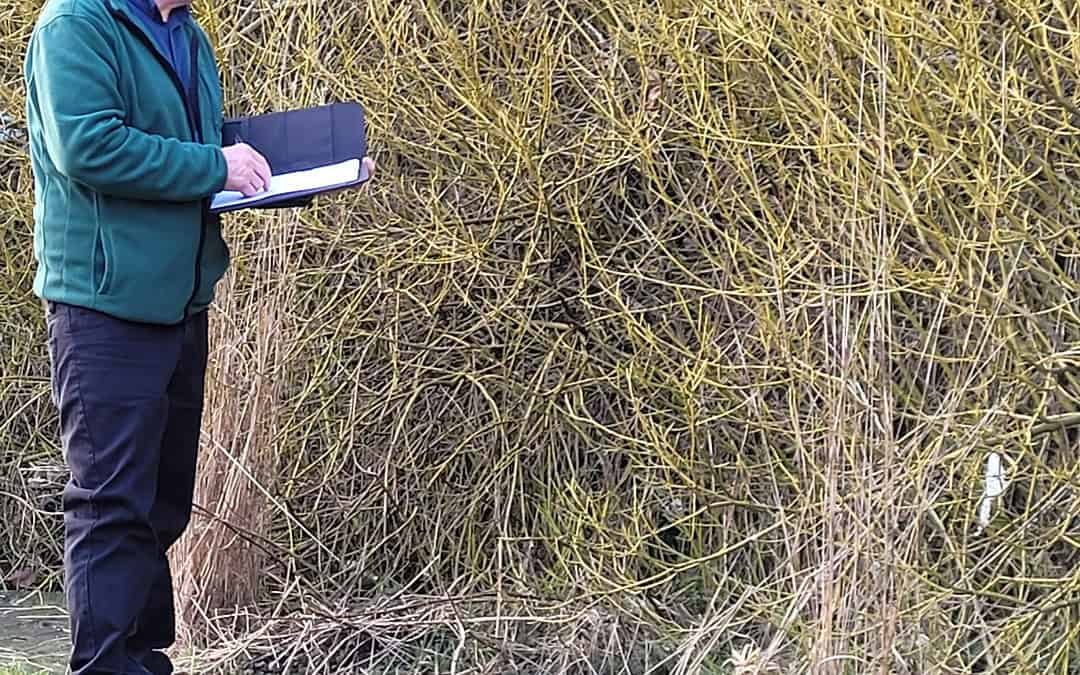The Most Effective Ways to Manage Japanese Knotweed on Your Property
If you’re struggling with Japanese Knotweed on your property, don’t worry, you’re not alone. In this article, we’ll explore the most effective ways to manage this invasive species and help you take back control of your land.
Japanese Knotweed is a highly invasive plant species that can wreak havoc on your property. It grows at an alarming rate, quickly spreading and choking out other plants in the area. The plant can even damage foundations, walls, and concrete structures if left unchecked.
If you’re dealing with Japanese Knotweed on your property, it’s essential to take action as soon as possible. In this article, we’ll explore the most effective ways to manage Japanese Knotweed on your property, including prevention, identification, and removal methods.
The first step in managing Japanese Knotweed is identifying it correctly. The plant has distinctive features, including:
- Hollow stems that are bamboo-like in appearance
- Heart-shaped leaves that are pointed at the tip
- Clusters of small, white flowers in late summer and early autumn
- Reddish-purple shoots that appear in early spring
If you’re unsure whether you have Japanese Knotweed on your property, it’s best to consult a professional. Once you’ve confirmed the presence of the plant, you can move on to management techniques.
Prevention is always the best approach when it comes to invasive species. Here are some tips for preventing the spread of Japanese Knotweed:
- Avoid moving soil or plant material from an infested area to a new location
- Regularly inspect your property for signs of Japanese Knotweed
- Do not dispose of Japanese Knotweed material in household waste bins or green waste recycling
Management Techniques:
If you already have Japanese Knotweed on your property, you’ll need to take action to manage it. Here are some of the most effective ways to manage Japanese Knotweed:
- Chemical control: The most common method of controlling Japanese Knotweed is through the use of herbicides. Glyphosate-based herbicides are the most effective for controlling the plant, but you should always follow the manufacturer’s instructions and seek professional advice.
- Mechanical control: Mechanical control methods involve physically removing the plant from the ground. This can include digging up the roots or cutting back the plant to ground level. However, this method can be time-consuming and may require repeated treatments.
- Biological control: Biological control involves introducing a natural predator to the area that will control the Japanese Knotweed. This method is not widely used and is still being researched.
FAQs:
Q: Is Japanese Knotweed dangerous? A: While Japanese Knotweed is not dangerous to humans or animals, it can cause damage to infrastructure and native plant species.
Q: Can I compost Japanese Knotweed? A: No. Japanese Knotweed material should not be composted or disposed of in household waste bins.
Q: Can I remove Japanese Knotweed myself? A: Yes, you can remove Japanese Knotweed yourself. However, it’s important to follow proper disposal procedures and seek professional advice if you’re unsure.
Managing Japanese Knotweed on your property can be challenging.
But with the right techniques, it is possible to control and eradicate the plant. Prevention is always the best approach, but if you already have Japanese Knotweed, chemical and mechanical control methods can be effective. Remember to seek professional advice if you’re unsure about the best approach for your property. With persistence and patience, you can take back control of your land and prevent Japanese Knotweed from spreading further.
